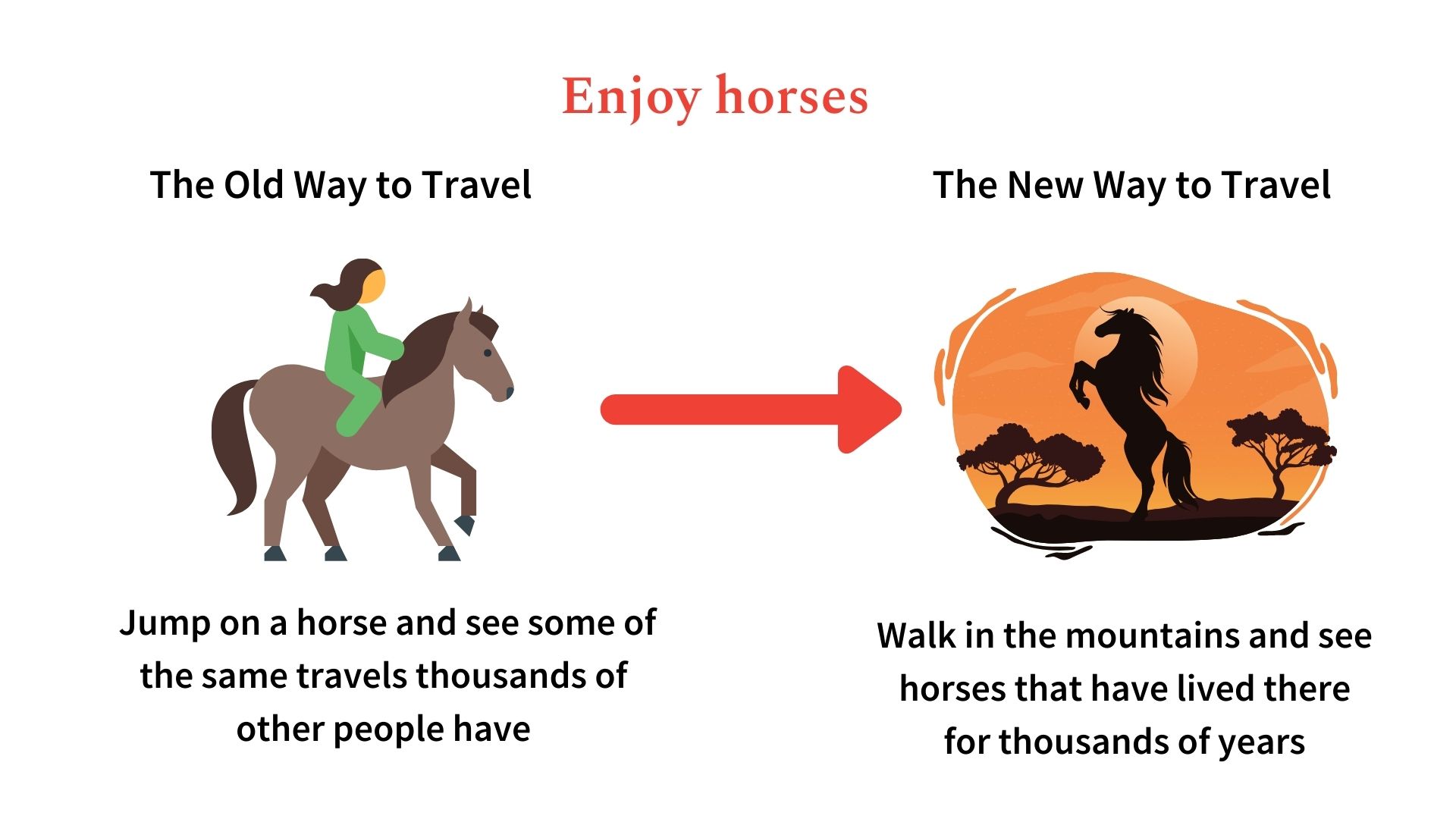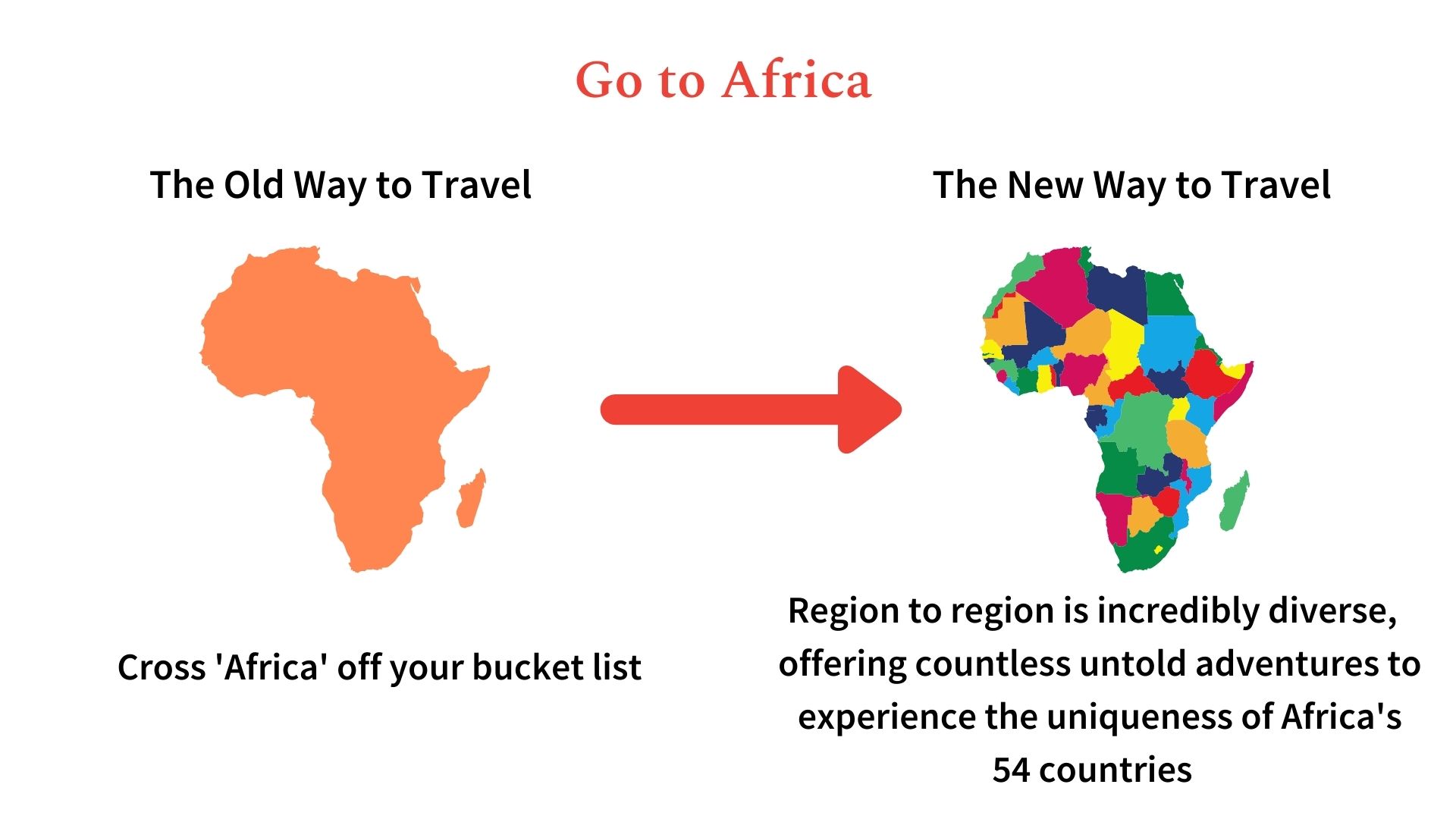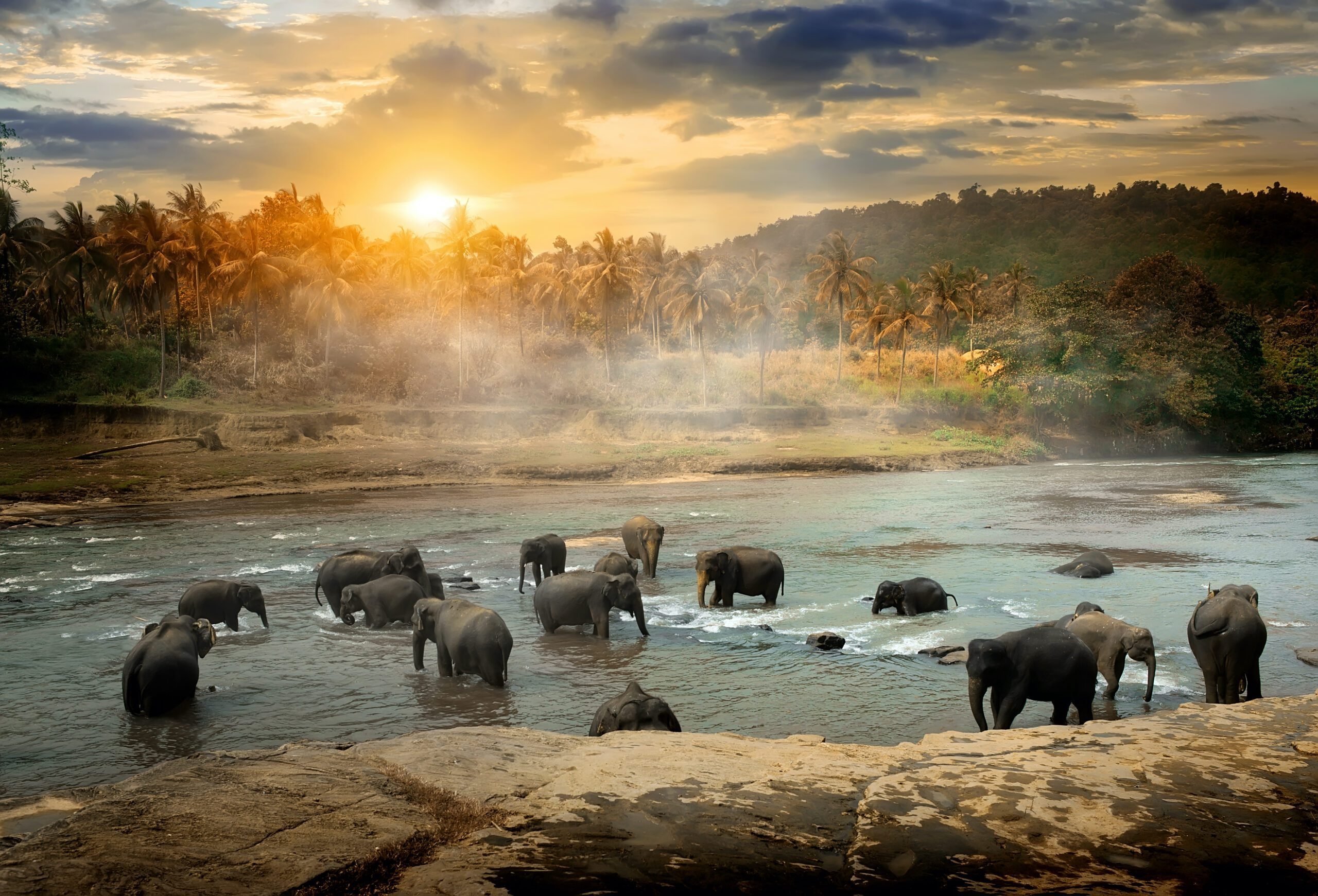Last updated on March 25th, 2024
Engaging with wildlife: the old way and the new way
By Carolyn Ray, Publisher, JourneyWoman
Often, when I ask a woman about a memorable travel experience, it generally includes an interaction with animals – sighting a humpback whale, observing gorillas or simply enjoying nature as it comes.
Growing up in Florida, I was surrounded by animals – in the sky, in the ocean, the rivers, on land – and developed have a healthy respect for nature.
Surrounded by sharks, stingrays and snakes, I learned about the joy of observation. Never would I have dreamed of putting wild animals like turtles or dolphins in cages and tanks. At age 15, I become a PADI-certified diver, and then my world really opened up – our oceans are breathtaking places for discovery.
When we travel, we are often invited into local wildlife experiences that sometimes feel ‘wrong’. Whether we want to admit it or not, we’ve all done things that we may not be so proud of now.
Now we know better, so we need to do better.
Advocating for consent-based travel
Protecting and conserving wildlife is so much a part of our travel experience that I wanted to have an expert on hand to help develop more animal-friendly editorial.
Two years ago, I invited Nora Livingstone to join our Women’s Advisory Council in August 2020. We’ve done three webinars now about the ethics of animal tourism and I’ve learned something every time. Nora has volunteered with animals in such places as Nepal, Oman, Sierra Leone and Costa Rica. She loves the idea of empowering people to live their dreams and travel while helping animals.
Nora’s Tips: Four ways to make our travel experiences more animal-friendly
#1: From passive observer to active participant

Nora: One way you can experience wildlife authentically is to take part in citizen science by tagging sea turtles with local conservation officers.
While you help populations of critically endangered species you will be putting more than just your toes in the water! These tags stay on sea turtles forever so they can be tracked and understood by scientists around the world.
For the rest of their life and yours, you will have a living and breathing individual turtle who stays in the ocean- you don’t just go to the ocean and come home, part of you stays there forever helping future generations!
#2: Swim with dolphins, but in the ocean

Nora: After sheltering in place and shielding for a year, we all know how painful it is to be separated from our families and forced to live in isolation. Yet, this is the everyday experience for dolphins who live in dolphinariums, tanks and blocked-off coves for tourists.
Marine biologists around the world offer many experiences to help them help dolphins. With no experience needed, you can visit dolphins in places like Croatia and Scotland and help be the eyes of science. Watching wild and free dolphins under the supervision and mentorship of marine biologists helps them get more data to understand these animals better.
You may not be swimming with them but you are ensuring their freedom and ability to swim with their families for their entire lives.
#3: Walk, Don’t Ride

Nora: While there are many places to jump on a horse and see some of the same travels thousands of other people have, what if you could walk in the mountains and see horses who have lived there for thousands of years?
In Mongolia, the Takhi are the last genetically wild horses on earth, these prehistoric animals roam the same steps their ancestors did perhaps thousands of years ago.
Stay in a gher (yurt) and be immersed in the nomadic life of the Mongolian people and understand your intrinsic need for wide-open spaces and freedom to roam.
#4: Try slow travel: stay longer, see more

Nora: When we talk about places like Africa, we are talking about an entire continent. Region to region is incredibly diverse, let alone country to country and city to city.
This continent is not one to be easily crossed off a list, with a landmass of 30 million km squared and a population of more than 1 billion people we know there is not just one adventure to be had, there is more than 1 story to be told.
When you are thinking of your trip, what so you want to experience? Mint tea in Morocco, Gorilla conservation in Rwanda, a guided visit to a Masai camp in Kenya, the sunset by sailboat in Malawi?
Africa is not merely a line to be crossed off, there are countless untold adventures for those looking to experience the uniqueness of the 54 countries on the continent.
Resources to Learn More
Nora’s suggested pre-reading material:
- Suffering unseen: The dark truth behind wildlife tourism, National Geographic:, June 2019
- How the COVID-19 pandemic impacts animals, Human Society of America (December 2020)
- How Wildlife Exploitation and Habitat Loss Fuel Pandemic Risk
- A Call to Stop the Next Pandemic, World Wildlife Fund
- Why I’ll Never Visit Ripley’s Aquarium Toronto, Justin + Lauren
Some our favourite books:
Braiding Sweetgrass: Indigenous Wisdom, Scientific Knowledge, and the Teachings of Plants by Robin Wall Kimmerer
Why Elephants Weep: The Emotional Lives of Animals by Jeffrey Moussaieff Masson and Susan McCarthy
What a Fish Knows: The Inner Lives of Our Underwater Cousins by Jonathan Balcombe
More About Engaging Authentically with Wildlife
These are just a sampling of the wildlife and ethical animal resources you’ll find on JourneyWoman.com.
Transforming an Abandoned Quarry Into a Vineyard: A Story of Sustainability in Mallorca
On the wine-producing island of Mallorca, Spain, entrepreneur Virginia Pones is bringing an abandoned quarry back to life as a winery, reviving her husband’s family business.
How Women-Led Travel B Corps Are Balancing Profit With Purpose
Meet women entrepreneurs who are changing the rules of the game by transforming their businesses into certified B Corps.
Overtourism: What Can We Do?
News headlines tell us that overtourism is getting out of control, but what can we do to help offset it?






Interesting article. Never gave it much thought, though I could feel a shift now and then. Read an article much like this, ages ago. Shift happen. I do have one regret, it was an elephant encounter in India to ride to a fort. A very long line to get up on the elephants, 2 people per. Part of the tour package. I told myself I will not do that again.
I think I would like to volunteer at an elephant refuge in Vietnam. Kind of balance it out.
I’ve seen coyotes a plenty. One followed us parallel to our trail for a bout a mile. Glad there was 2 of us hiking that day. San Jacinto wilderness area, Southern California.
Beyond Words: What Animals Think & Feel by Carl Safina is a must read for anyone interested in the emotional lives of animals.
Beautifully written, moving & at times heartbreaking , this book is a major milestone in our ever changing narrative and understanding of the intelligence and emotional lives of animals .